Jammin’ with James Recapped: Cost Optimization with Microsoft Azure

Reserved Instances
This is the final entry into our two-part series on cost optimization. In this month’s webinar, James demonstrates how to use Microsoft’s Azure Portal to minimize your organization’s subscription costs. One way to do this is by reserving instances.
Reserved instances are agreements made with Microsoft to use a certain service or product for an extended amount of time. They can only be applied to single resources but frequently reduce costs by 70-80%. You can also cancel and receive a refund on your reserved instance at any time. To apply a reserved instance, go to the “Reservations” tab at portal.azure.com. To learn more about reserved instances, check out the blog from our last webinar.
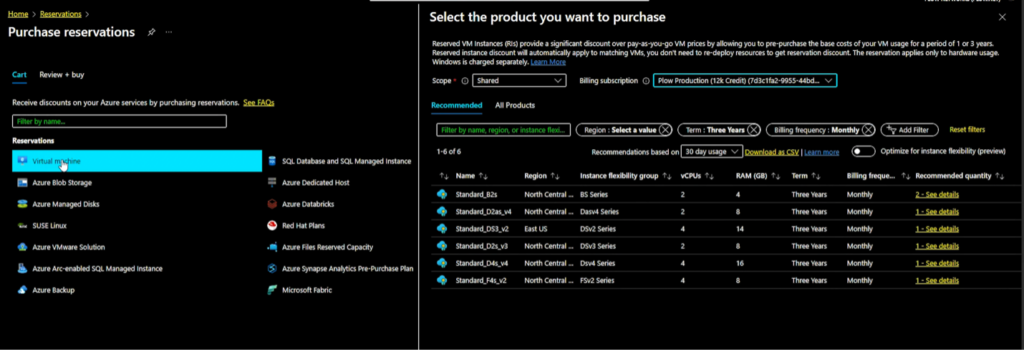
Savings Plans
Another method of optimizing your organization’s costs is through a savings plan. These plans are not scoped to a single resource but apply to all your organization’s resources. Savings plans are more dynamic than reserved instances and may be useful early on when your company is still figuring out which resources you should be paying for. The downside of these plans is that they cannot be canceled. To create a savings plan for your company, navigate to the “Savings Plan” tab at portal.azure.com.

Spot Instances
If any of your virtual machines are used for asymmetrical work, your company might consider establishing spot instances. With a spot instance, Microsoft can kick your virtual machine offline should they need additional resources. You can find spot instances on the “Virtual Machines” tab on your Azure portal. Spot instances result in savings of around 90% across the board. The only downside of this is that your machine may stop randomly at times.
Azure Advisors
Your organization should periodically refer to the “Advisors” section of Azure to review Microsoft’s recommendations on how you can save money. On this tab, you can view the level of impact that the recommendations will have on your costs, whether low, medium, or high.
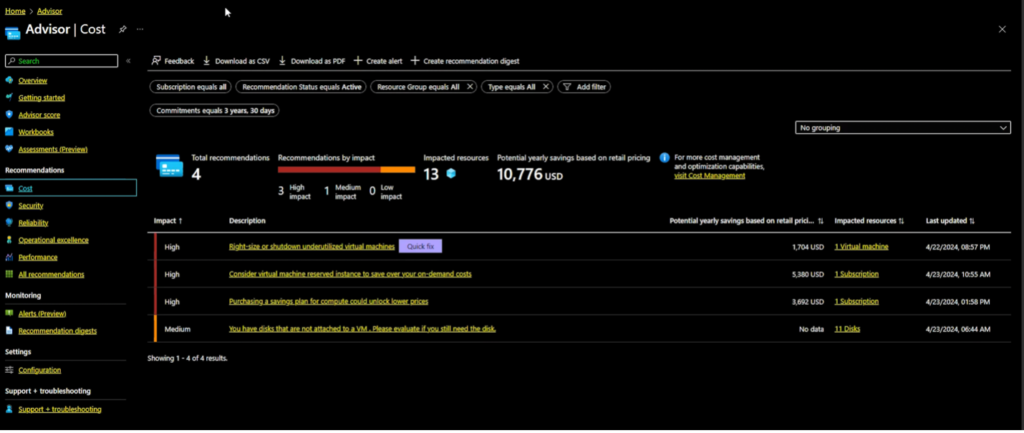
Tagging
Tagging is a useful tool for finding resources relevant to your company’s needs. This is especially important when your resources require granular control. The tagging feature is in the “Cost Management” tab under “Cost Analysis.” When creating tags, you should remain consistent with labeling, plan ahead, and use automation to deploy and assign tags if you can.
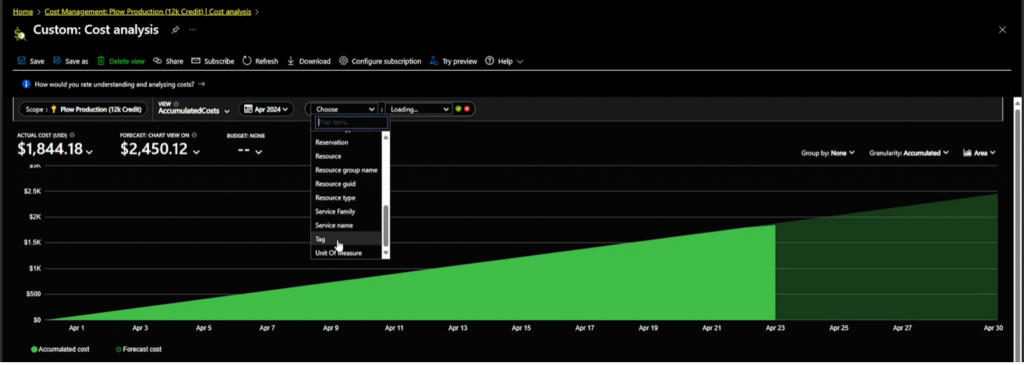
Right-Sizing Resources
One of the most important elements of cost optimization is right-sizing your resources. To do this, go to the “Monitor” tab of Azure, navigate to “Virtual Machines,” then click on “Performance.” Here, you can set the time range for the resources you want to examine. Any resources that are not being frequently utilized can likely be turned down.
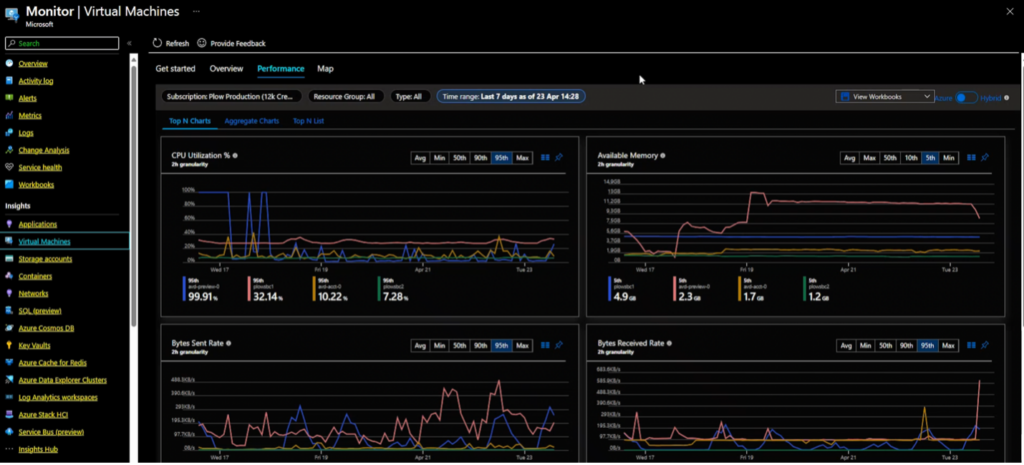
Azure Calculator
Another great resource for cost optimization is the Azure Calculator. This tool shows you how significant an operating system price would be and can drastically decrease your organization’s monthly expenditures.
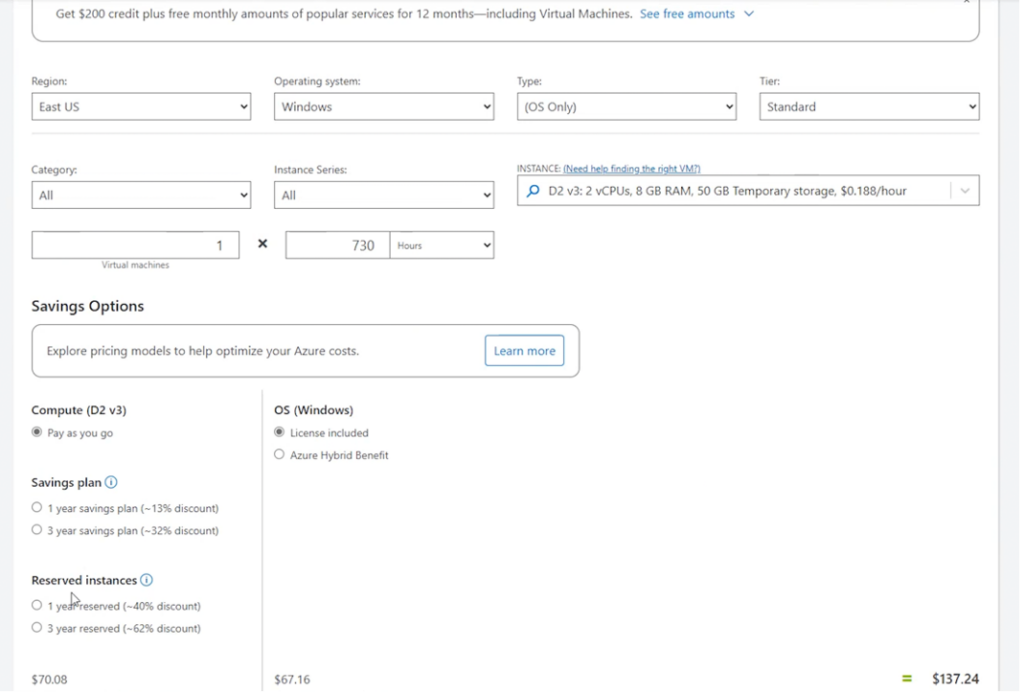
By following these recommendations, you can significantly reduce costs for your organization. Stay tuned for our next webinar in June, which will involve a demo of Teams, SharePoint, and Microsoft’s other core collaboration platforms.
Explore more on:





